Manufacturer Lavochkin | ||
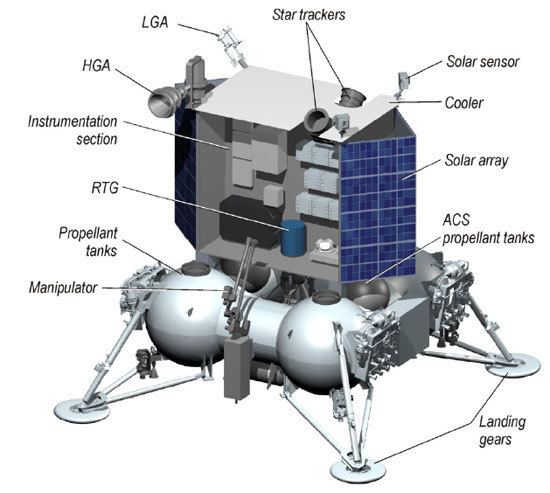 | ||
Luna-Glob (Russian: Луна-Глоб, meaning Lunar sphere) is a Moon exploration program by the Russian Federal Space Agency (Roscosmos). It will be the first of the missions planned before the creation of a fully robotic lunar base.
Contents
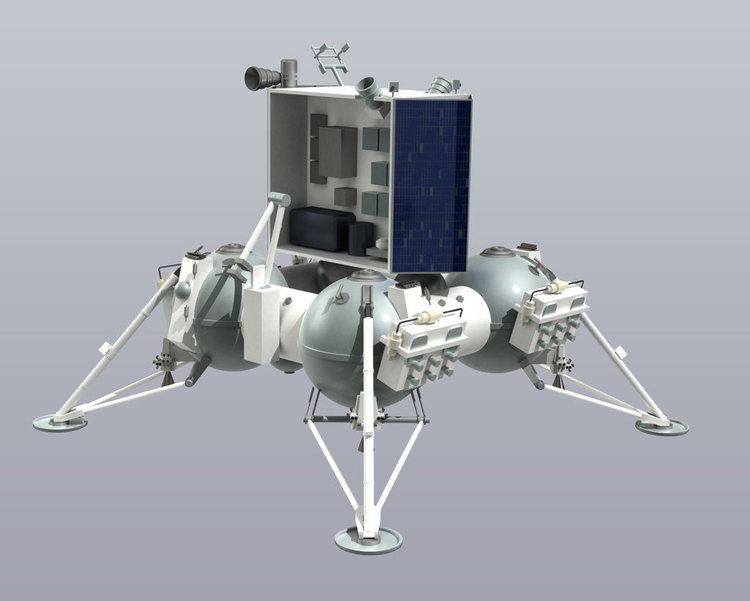
The program is based on plans dating back to 1997. Due to financial problems, however, the project was put on hold only to be revived a few years later. Initially scheduled for launch in 2012 by a Soyuz-2 rocket, the mission has been delayed many times, first to 2014 and then to 2015 and 2016 and 2018 and 2019. As of June 2015, Luna-Glob is planned to be launched in 2024. Due to budget constraints, all Russian lunar missions have been postponed to 2025.
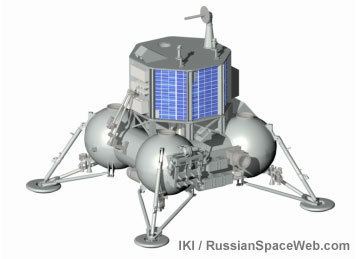
History
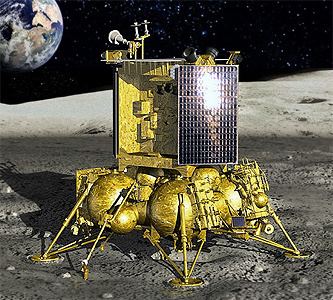
Initially, Luna-Glob was planned as orbiter with ground penetrating sensors. Four Japanese-built penetrators inherited from the Lunar-A were to be used, each 45 kg (100 lb), including 14 kg (31 lb) for the penetrator proper. Furthermore, seismic experiments were planned, including the use of four penetrators, which will slam into the lunar surface equipped to detect seismic signals. These experiments are expected to help clarify the origin of the Moon. Two of the penetrators are planned to land near the Apollo 11 and Apollo 12 landing sites, taking advantage of seismic data gathered there from 1969 to 1974. The payload of the orbiter will total 120 kg (260 lb) and include astrophysics experiments, dust monitors, plasma sensors, including the LORD astronomy payload, designed to study ultra-high-energy cosmic rays.
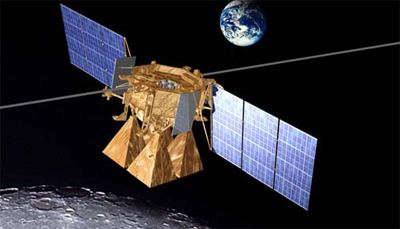
Luna-Resurs (Luna 27) was initially planned as a joint orbiter-rover mission (the orbiter was to be the Indian Chandrayaan-2) that will feature a 58 kg Russian Polar Moon Rover and lander, as part of the International Lunar Network. This mission will land in Moon's south pole, examine a crater and operate for up to one year. The six wheeled, solar powered rover will land near one of the poles and will survive for a year, roving up to 150 km at a speed of 360 m/h. Because the loss of the Fobos-Grunt in 2011 which was planned as a test for the landing system, Russia cited its inability to provide the lander within the proposed time. India then decided to develop the lunar mission independently. Next lander will carry a large 400 kg rover capable of in-situ soil analysis. Lander with a 400 kg ascent stage will return up to 1 kilogram (2.2 lb) of surface and rock samples.
List of missions
As of November 2014, the next five missions have been announced:
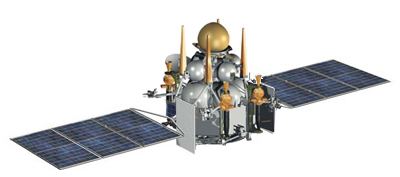
Future lunar base
It was planned in 2008, that a robotic lunar base that follows Luna-Glob would be a "Robotic proving ground", having several components: solar power station, telecommunication station, technological station, scientific station, long-range research rover, landing and launch area, orbiting satellite. This project was planned for after 2020, with an expected completion date of 2037.
